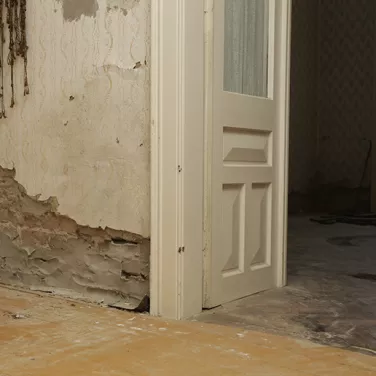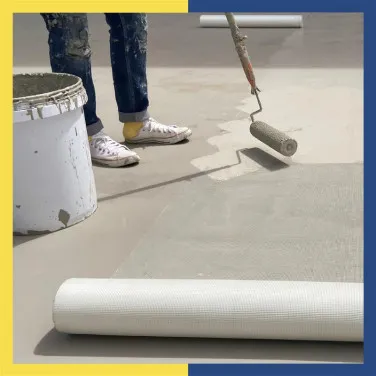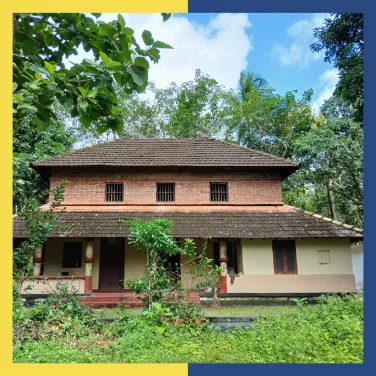

The Pitfalls of Relying on Temporary Waterproofing Techniques
Quick fix vs future fix: Why temporary waterproofing techniques don't last
Are temporary waterproofing solutions enough to end seepage and leaks? This article tracks Aarti’s choices — and how planned waterproofing solutions changed the result.
Aarti first saw the stain on a Thursday — an oval mark above the headboard that should have dried by morning. It didn’t. By the next week’s rain, the patch darkened, the paint wrinkled, and a hairline crack crept across the ceiling. She started searching for waterproofing solutions that fit her budget.
“Let me just manage this monsoon,” she thought. A full diagnosis sounded expensive and slow. Small fixes felt safer and faster. She decided to try quick options first, still hoping to find waterproofing solutions that could hold for a season.

Common temporary waterproofing techniques
Aarti wanted quick relief. Like many homeowners, she looked at simple waterproofing techniques and even temporary waterproofing solutions that seemed cheap and fast.
- Sealing small cracks with sealant
She pressed a cartridge along a crack near the ceiling-wall joint. It looked neat for a week. - Quick-fix paints on the patch
A fast coat dulled the stain and matched the wall — until the next heavy shower. - Plastic sheet on the terrace
With rain forecasts flashing, a tarp across the open roof gave her a sense of control.
Each step calmed her for a few days. But stains grew back. She began to wonder if only proper waterproofing solutions would stop the problem at its source.
Why aren’t these the best options?
Short-term fixes can look smart, but the same waterproofing techniques often miss what really causes seepage and don’t deliver dependable waterproofing solutions.
- No lasting protection
Sealant lines crack with heat and movement. Paint blisters when moisture pushes from behind. - Costs repeat and add up
Three small spends across a monsoon can rival one planned job, plus the time and stress. - Causes stay hidden
Water often enters at the joint along the roof edge (parapet wall), the balcony sill, or the place where a bathroom pipe passes through the wall or floor — not where the stain shows. - Health and safety risks
Trapped damp encourages mould; a damp wall close to switches can be risky. - Timing errors
Repainting before the wall dries fully locks in moisture, causing flaking and stains to return.
Quick fixes are short-term bandages. Without diagnosis and a system, patches chase symptoms, not sources. Durable results come from expert assessment and the latest waterproofing techniques applied as part of planned waterproofing solutions. Aarti realised she needed a long-term plan instead of repeating short-term work.
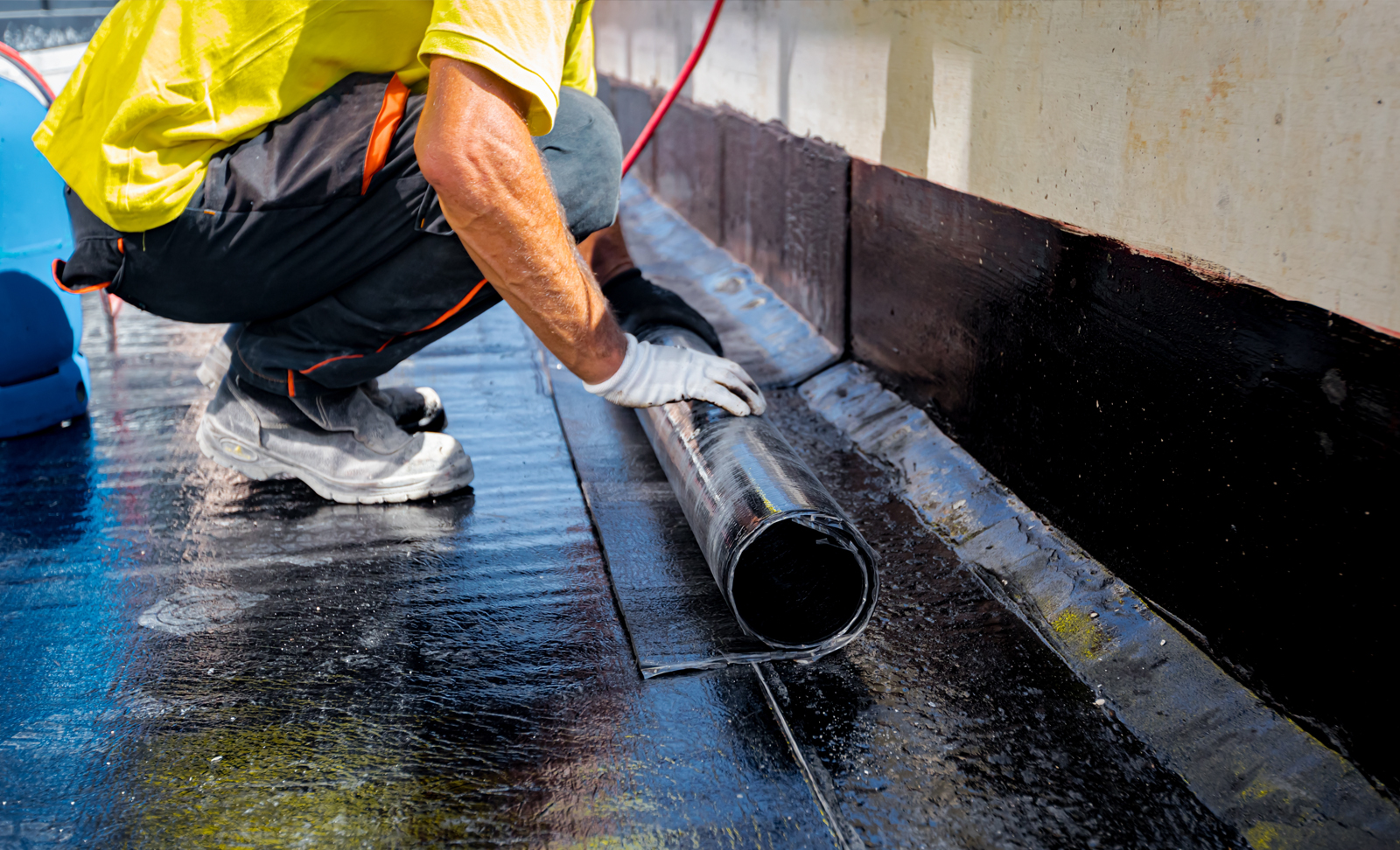
Why choose Dr. Fixit for the best waterproofing solutions?
A site visit changed everything. The expert mapped the path of water and proposed a system built on the latest waterproofing techniques and proven waterproofing solutions, matched to Indian monsoons and common building details.
- Diagnosis first
Check the top layer under the terrace tiles, the roof edge (parapet wall), external walls, wet areas, and plumbing lines to find the true entry points. - System-based approach
Surface preparation, detailing at joints and corners, and compatible layers in the right order this is how waterproofing solutions stay reliable. - Built for Indian conditions
These waterproofing solutions and methods suit heat, heavy rain, and building movement. - Transparent guidance
What to expect, what to avoid (like early repainting), and when to re-inspect. - Track record and support
Decades of experience with homes like Aarti’s, with structured help from consultation to completion.
Instead of treating only the stain, the plan sealed the sources and then managed the affected room. With expert-led waterproofing solutions, Aarti finally saw a path to a dry ceiling and calmer monsoons.
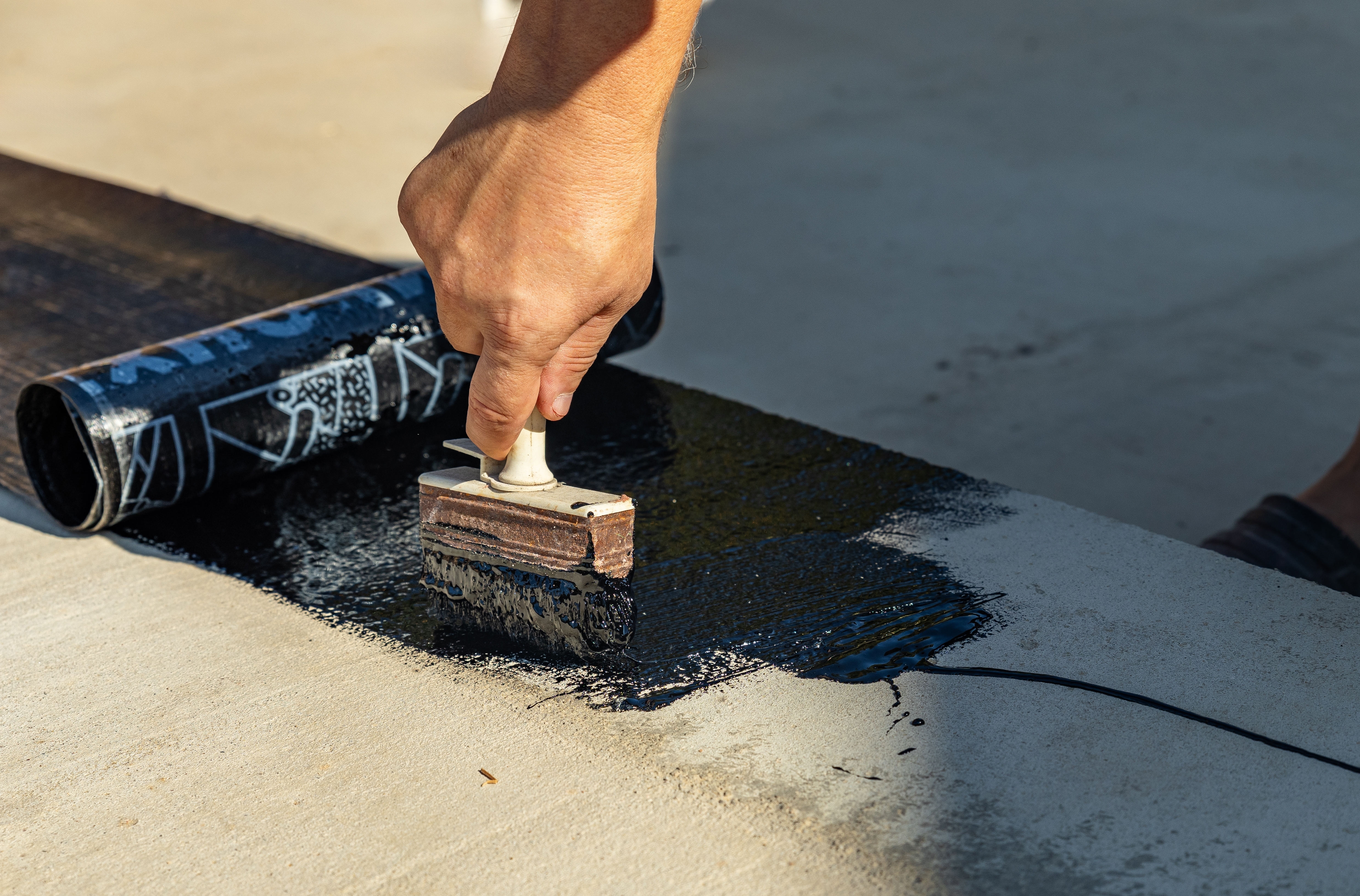
Invest in long-term waterproofing solutions
Aarti’s last “quick fix” failed during a late-night downpour. That was her turning point. She moved from patchwork to planned waterproofing solutions, starting with diagnosis and a step-by-step system.
The bedroom dried, and repainting was scheduled only after moisture levels were safe and the terrace joints were fully detailed. One careful plan costs less than months of repeat work. If a stain is growing, pause the patches choose expert waterproofing solutions that protect your home for seasons to come.
To choose the right Dr. Fixit products and get expert guidance, fill out the form given below.
Frequently asked questions (FAQs)
How long can waterproofing last?
Service life depends on area (roof, walls, bathrooms), surface preparation, product quality, workmanship, exposure, and upkeep. Well-detailed terrace systems can last many seasons; interiors often last longer once sources are fixed. Inspect yearly, especially after the monsoon, and repair small issues early to extend life.
How often should waterproofing be done?
There’s no fixed cycle. Do annual checks before and after the monsoon. Re-coat or repair when you see warning signs: fresh damp patches, blisters, cracks at joints, exposed reinforcement, or persistent ponding on terraces. Fix plumbing leaks promptly and follow the product guidance for maintenance intervals.
Get Professional Waterproofing Solutions Today
Fill The Form below to took free site evaluation by Dr. fixit point safe painting service expert
Renovation
Questions you should ask a society manager about building repairs before buying an apartment
Renovation
Protect your living space: Difference between a weatherproof and waterproof house
Renovation
How to safeguard your home with waterproofing during the rainy season in India
Renovation
The Ultimate Guide to Monsoon Terrace Waterproofing: Protecting Your Home from Water Damage
Get Professional Waterproofing Solutions Today
Fill The Form below to took free site evaluation by Dr. fixit point safe painting service expert
































